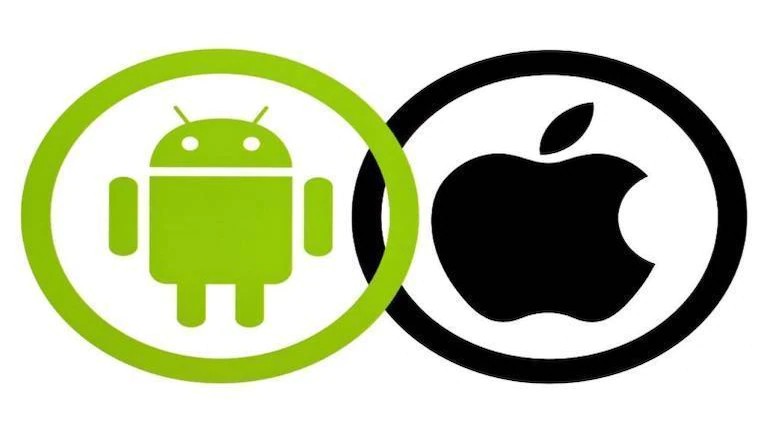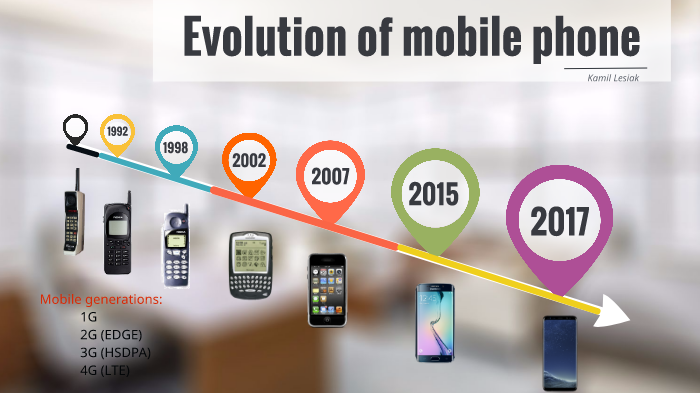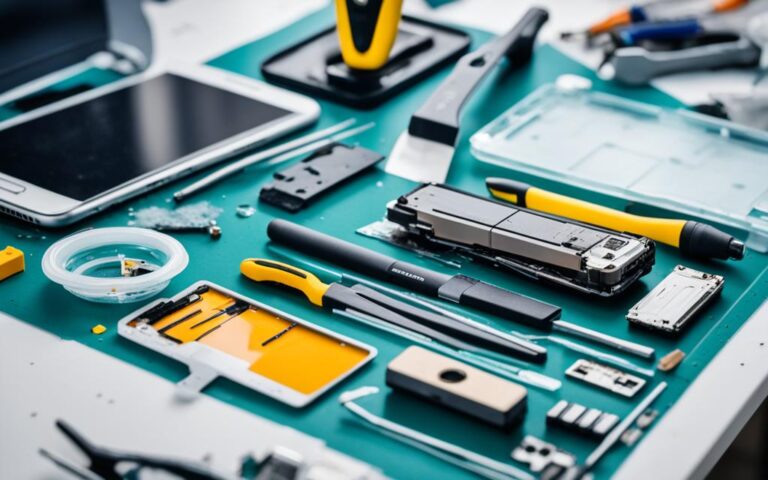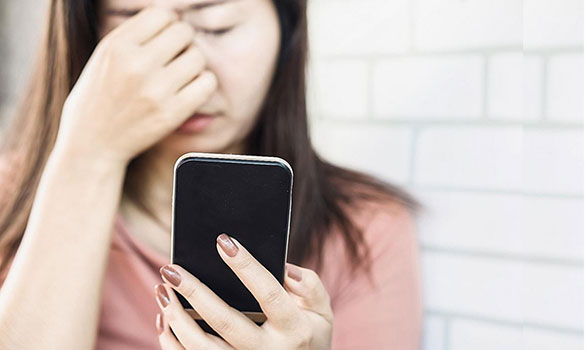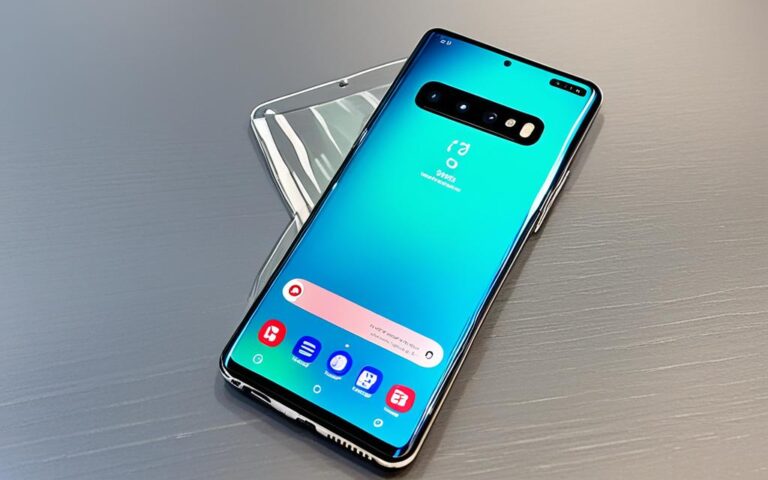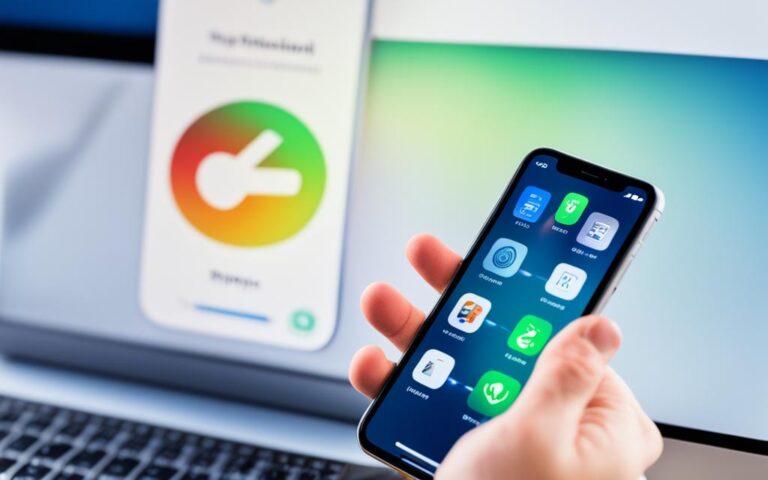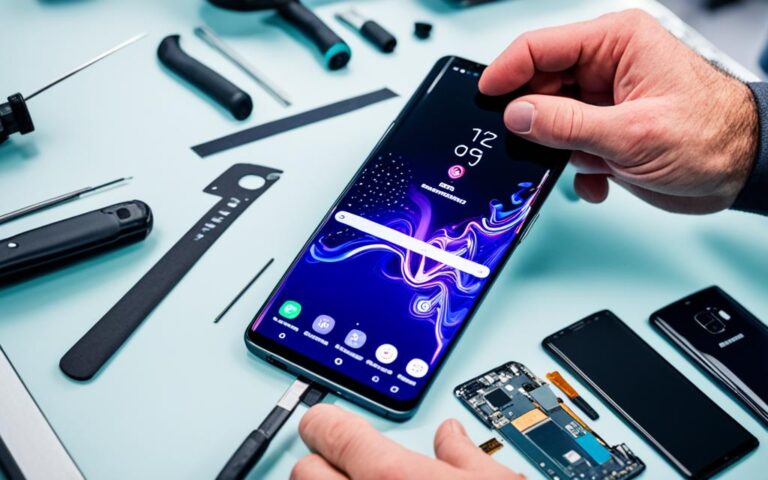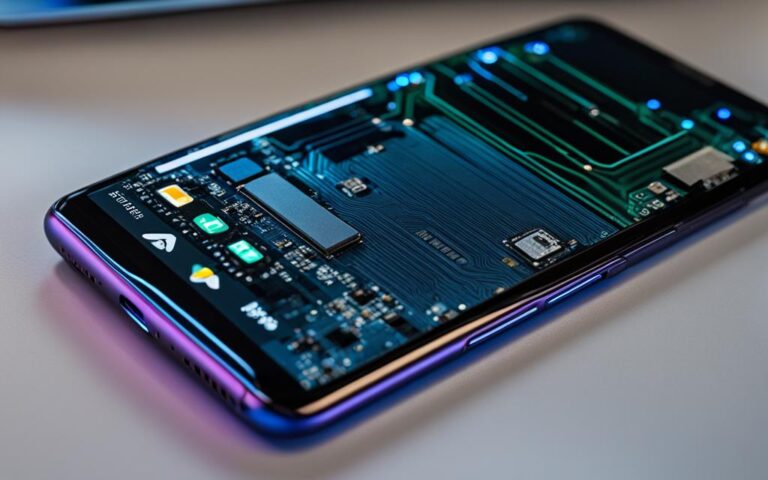The role of mobile operating systems in phone servicing: iOS vs. Android.
When it comes to phone servicing, the role of the mobile operating system cannot be overstated. Whether you’re using an iPhone running on iOS or an Android device, the operating system not only dictates the user experience but also influences the types of servicing and repairs that can be performed. This article aims to explore the role of mobile operating systems in phone servicing, focusing on the key differences between iOS and Android. We’ll delve into aspects like software updates, security patches, and even how each operating system impacts the repair process. By the end of this article, you’ll have a clearer understanding of how iOS and Android differ in the realm of phone servicing and what that means for you as a consumer.
Software Updates and Security Patches
One of the most critical aspects of phone servicing is the regularity and efficiency of software updates and security patches. iOS has a centralized system for updates, meaning that Apple controls the entire ecosystem. This allows for timely and consistent updates across all iOS devices, ensuring that security vulnerabilities are promptly addressed. On the other hand, Android operates on an open-source model, which means that updates are often rolled out by individual manufacturers and carriers. This can lead to delays and inconsistencies in software updates, potentially leaving some devices more vulnerable to security risks.
Moreover, the frequency of updates can also impact the longevity of your device. Regular updates can extend the life of your phone, while inconsistent or delayed updates can lead to performance issues, making servicing more frequent and complicated.
According to a comparison between iOS and Android in terms of phone servicing, the centralized nature of iOS updates often makes it easier for users to keep their devices up-to-date, thereby reducing the need for frequent servicing.
In addition to the centralized control that Apple has over its iOS updates, the company also has stringent quality control measures. This ensures that each update is thoroughly tested before it’s rolled out, minimizing the chances of bugs or issues that could necessitate further servicing. Apple’s closed ecosystem also means that there’s less fragmentation, making it easier for repair services to diagnose and fix issues.
Android, being an open-source platform, offers more customization options, but this freedom comes at a cost. The diversity of Android devices, each with its own set of specifications and customizations, can make servicing a more complex task. Repair services often have to deal with a wide range of issues, from manufacturer-specific bugs to problems arising from custom ROMs. This diversity can also affect the availability and cost of replacement parts, making some Android repairs more expensive or time-consuming.
Another point to consider is the support lifecycle. iOS devices generally receive software updates for a longer period, sometimes up to 5 or 6 years from the device’s release date. This long-term support minimizes the need for frequent hardware upgrades, thereby reducing the overall servicing needs. Android devices, however, may not receive updates as consistently, especially for older models or those from less prominent manufacturers. This can result in a shorter support lifecycle, necessitating more frequent servicing or even device replacement.
The role of mobile operating systems in phone servicing extends beyond just software updates and security patches. It also influences the types of diagnostic tools available, the effectiveness of remote troubleshooting, and even the resale value of the device after servicing. Therefore, understanding these nuances can help you make more informed decisions when it comes to maintaining and servicing your smartphone.
Diagnostic Tools and Remote Troubleshooting
The mobile operating system also plays a significant role in the availability and effectiveness of diagnostic tools and remote troubleshooting options. iOS has a robust set of diagnostic tools that are integrated into the operating system. Apple’s support team can remotely run diagnostics on your device, provided you give them permission. This makes it easier to identify issues without having to visit a service center, saving both time and effort.
Android, on the other hand, offers a variety of third-party diagnostic apps due to its open-source nature. While this provides more options, it also means that the quality of these tools can vary. Some may be incredibly useful, while others could be less reliable or even harmful if they’re from an untrustworthy source.
Remote troubleshooting on Android can be more challenging due to the diversity of the ecosystem. Different manufacturers may have their own sets of diagnostic tools, and not all of them offer remote support. This can make it difficult to diagnose issues without physical access to the device, potentially requiring more frequent visits to service centers.
Both operating systems have their pros and cons when it comes to diagnostics and remote troubleshooting. iOS offers a more streamlined and integrated approach but is limited to what Apple provides. Android offers more variety but requires the user to be more discerning and cautious about the tools they use.
Third-Party Apps and Manufacturer Support
Another aspect to consider in the role of mobile operating systems in phone servicing is the availability and reliability of third-party apps and manufacturer support. iOS has a more restricted ecosystem, which means that third-party apps must meet Apple’s stringent guidelines to be available on the App Store. This often results in higher-quality apps that are less likely to cause issues requiring servicing.
Android, being more open, allows for a wider range of third-party apps, including those that can modify system settings. While this offers more flexibility, it also increases the risk of installing apps that could negatively impact your device’s performance or security, potentially leading to more frequent servicing needs.
Manufacturer support also varies between the two platforms. Apple provides comprehensive support for all its devices, often extending several years post-purchase. Android’s fragmented ecosystem means that manufacturer support can be inconsistent, with some devices receiving long-term support and others being abandoned shortly after release.
It’s crucial to consider these factors when choosing between an iOS or Android device, as they can significantly impact your device’s long-term performance and servicing needs. For a more in-depth look at diagnostic tools available for both iOS and Android, you can read this article.
Cost of Servicing: iOS vs. Android
When it comes to the cost of servicing, both iOS and Android have their own set of challenges and benefits. Apple’s devices are generally more expensive to repair due to the proprietary hardware and the need for specialized tools and training. However, the quality of service is often higher, and you’re more likely to get official replacement parts.
Android devices, on the other hand, can vary significantly in repair costs. High-end models from manufacturers like Samsung or Google can be just as expensive to repair as iPhones. However, budget and mid-range Android devices often have lower servicing costs, partly because they use more commonly available components.
It’s also worth noting that Apple’s warranty and AppleCare services offer comprehensive coverage but at a premium price. Android warranties can vary by manufacturer and may not be as encompassing, but they are often less expensive.
The cost of servicing is an important consideration when choosing between iOS and Android, as it can significantly impact the total cost of ownership over the lifespan of the device. Therefore, it’s crucial to factor in not just the upfront cost of the device but also the potential servicing costs down the line.
User Experience and Customer Satisfaction
Both iOS and Android have their own unique user experiences, which can also influence the frequency and type of servicing required. iOS is known for its intuitive interface and ease of use, often resulting in fewer user-induced issues. The ecosystem is designed to work seamlessly, reducing the likelihood of software conflicts that could lead to servicing.
Android offers a more customizable experience, allowing users to tweak settings and install custom ROMs. While this provides a tailored user experience, it can also lead to complications that may require professional servicing. For example, incorrect settings or incompatible apps can cause system instability, leading to more frequent visits to service centers.
Customer satisfaction is another factor that can impact servicing needs. Apple’s customer service is often rated highly, with quick response times and effective solutions. Android’s customer service experience can vary depending on the manufacturer and the service provider, making it less predictable. For those interested in understanding the nuances of warranty and insurance options, a comprehensive comparison is available.
Frequently Asked Questions (FAQ)
1. Which is easier to service: iOS or Android?
Both have their pros and cons. iOS devices often have higher-quality components but can be more expensive to service. Android devices offer a range of options, from budget to high-end, affecting the cost and complexity of servicing.
2. How do software updates impact phone servicing?
Regular software updates can extend the life of your phone and improve security. iOS generally provides more consistent and long-term updates, while Android updates can vary by manufacturer.
3. What are the most common issues requiring servicing for iOS and Android?
For iOS, common issues include battery degradation and screen damage. For Android, issues can range from battery problems to software glitches, depending on the manufacturer.
4. Is it worth investing in warranty or insurance for my smartphone?
It depends on your usage and the specific device. Warranties like AppleCare offer comprehensive coverage but at a premium. Android warranties can vary and may offer less coverage but at a lower cost.
5. How do third-party apps impact phone servicing?
iOS has stringent guidelines for app approval, reducing the likelihood of issues. Android’s open ecosystem allows for a wider range of apps, some of which may cause performance or security issues.
6. Can I perform some basic servicing tasks myself?
Yes, both iOS and Android offer various diagnostic tools and settings adjustments that can resolve minor issues. However, for more complex problems, professional servicing is recommended.
Choosing between iOS and Android is not just a matter of personal preference; it also has implications for the long-term servicing needs of your device. From the cost of repairs to the availability of diagnostic tools and customer support, both operating systems offer distinct advantages and challenges.
iOS provides a more integrated and streamlined experience, often resulting in fewer servicing needs. However, when servicing is required, it can be more expensive due to the proprietary nature of Apple’s hardware and software. On the other hand, Android offers more flexibility and customization options, but this can sometimes lead to complications requiring professional repair.
In the end, understanding the role of mobile operating systems in phone servicing can help you make a more informed choice, ensuring that you are prepared for any servicing needs that may arise over the lifespan of your device.
